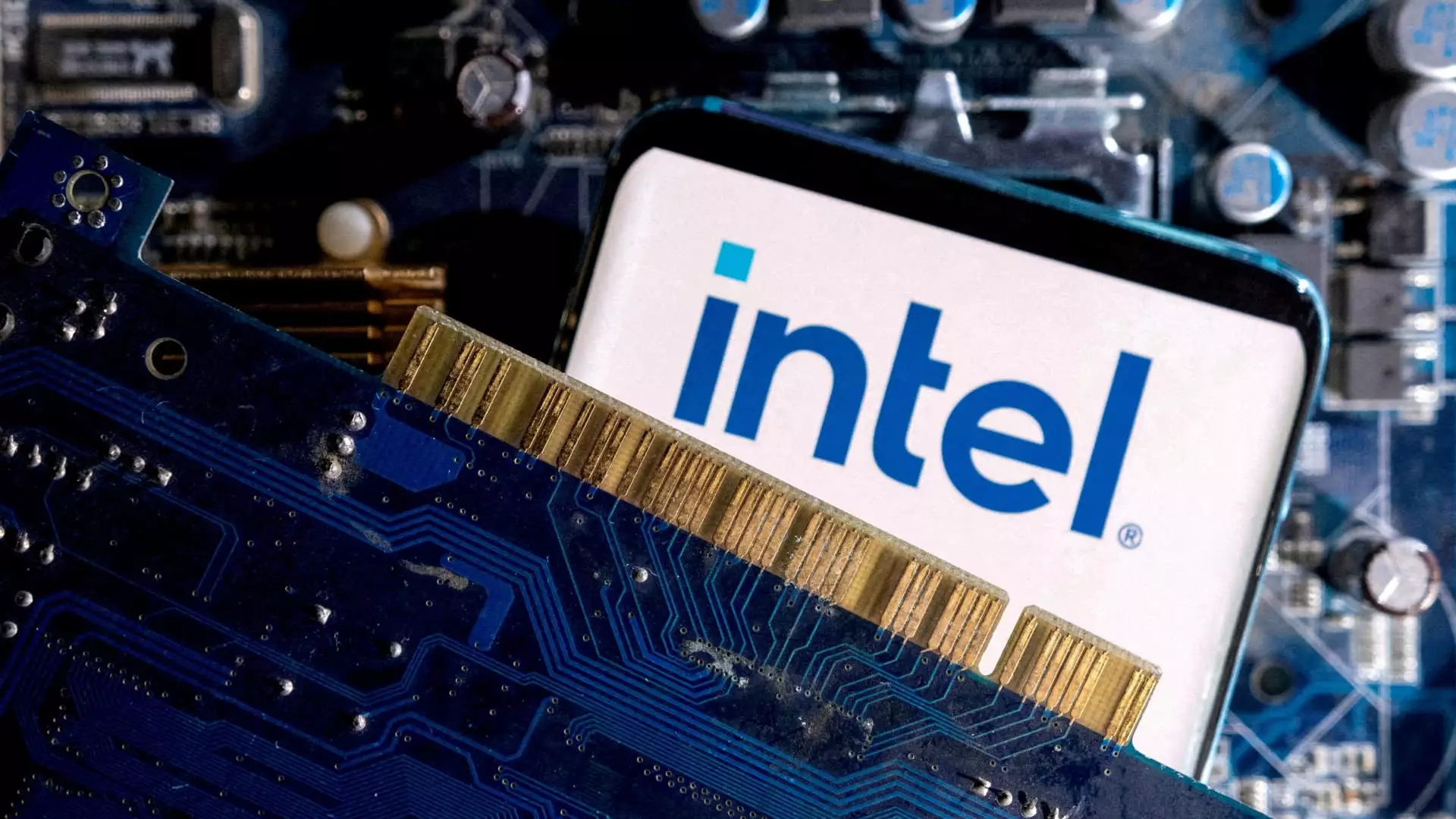Intel Corporation, an iconic name in semiconductor manufacturing, has recently declared its intention to transform Intel Capital, its venture capital arm, into an independent entity. This move, set to be implemented by mid-2025, signifies an ambitious restructuring effort aimed at revitalizing a company that has faced unprecedented challenges in recent years. The spin-off is more than just a financial maneuver; it represents a broader strategy amidst Intel’s ongoing struggle to reclaim its position in an increasingly competitive landscape.
The Rationale Behind the Spin-off
Intel’s decision to spin off Intel Capital, which currently manages assets amounting to $5 billion, is rooted in the need for enhanced financial flexibility and investment potential. By transforming Intel Capital into a standalone entity, the firm aims to attract external funding, inviting investors outside of Intel’s traditional corporate structure. This independence is expected to foster a more agile and responsive investment culture, liberating the venture arm from the constraints often associated with corporate governance.
Historically, Intel Capital has been fully supported by Intel itself, thereby limiting its scope for external growth. Similar initiatives by other tech giants, such as SAP’s transition of SAP Ventures into Sapphire Ventures, demonstrate that successful investments often flourish in environments devoid of corporate oversight. This restructuring can enable Intel to tap into fresh capital streams, enhancing its ability to back innovative startups and technologies that align with its strategic goals.
The news of Intel Capital’s spin-off comes at a time when Intel is grappling with its industry relevance. With the company suffering its most disappointing stock market year since going public in 1971, significant internal and external forces are compounding the pressure. A series of operational missteps and dramatic market share declines have compelled the company to adopt stringent cost-cutting measures, streamline operations, and maintain focus on core business segments.
The departure of Pat Gelsinger as CEO in December reflects the broader discontent regarding Intel’s performance. His replacement by dual interim CEOs, David Zinzner and Michelle Holthaus, raises questions about the company’s leadership and strategic direction during this tumultuous time. The recent sell-off of smaller divisions and workforce reductions align with a continuous effort to stabilize the core business while investing heavily in advanced manufacturing capabilities. Such drastic measures indicate that Intel is serious about regaining market leadership, particularly in its traditional PC chip division.
As Intel Capital prepares for its transformation, it has become increasingly relevant to re-evaluate the significance of corporate venture capital (CVC) in today’s economic context. Intel Capital, established in 1991, was pioneering in the CVC realm, but many companies have since adopted similar models. This widespread embrace of corporate venture capital reflects a broader recognition of the strategic advantages that come from investing in innovation.
Nonetheless, the venture capital landscape is shifting. Following a record 2021, where CVCs collectively raised $156 billion and participated in numerous deals, the atmosphere has cooled substantially in light of rising interest rates that began in 2022. Such conditions are likely to challenge traditional investment strategies and may temper the appetite for fresh corporate ventures. This heightened environment of scrutiny around returns on investments could influence how newly independent Intel Capital navigates its market role.
The decision to spin off Intel Capital presents an opportunity for Intel to revitalize its innovation engine. By creating a distinct identity for its venture capital arm, Intel aims to encourage investment and invite the collaborative spirit of Silicon Valley. However, as the broader economic landscape remains volatile, the path ahead will not be devoid of obstacles. Intel Capital must adeptly maneuver through the realities of an ever-evolving investment climate while leveraging its unique heritage to forge new partnerships. In doing so, Intel can position itself not just as a leader in semiconductor technology but as a proactive participant in fostering the next generation of innovation.


Leave a Reply